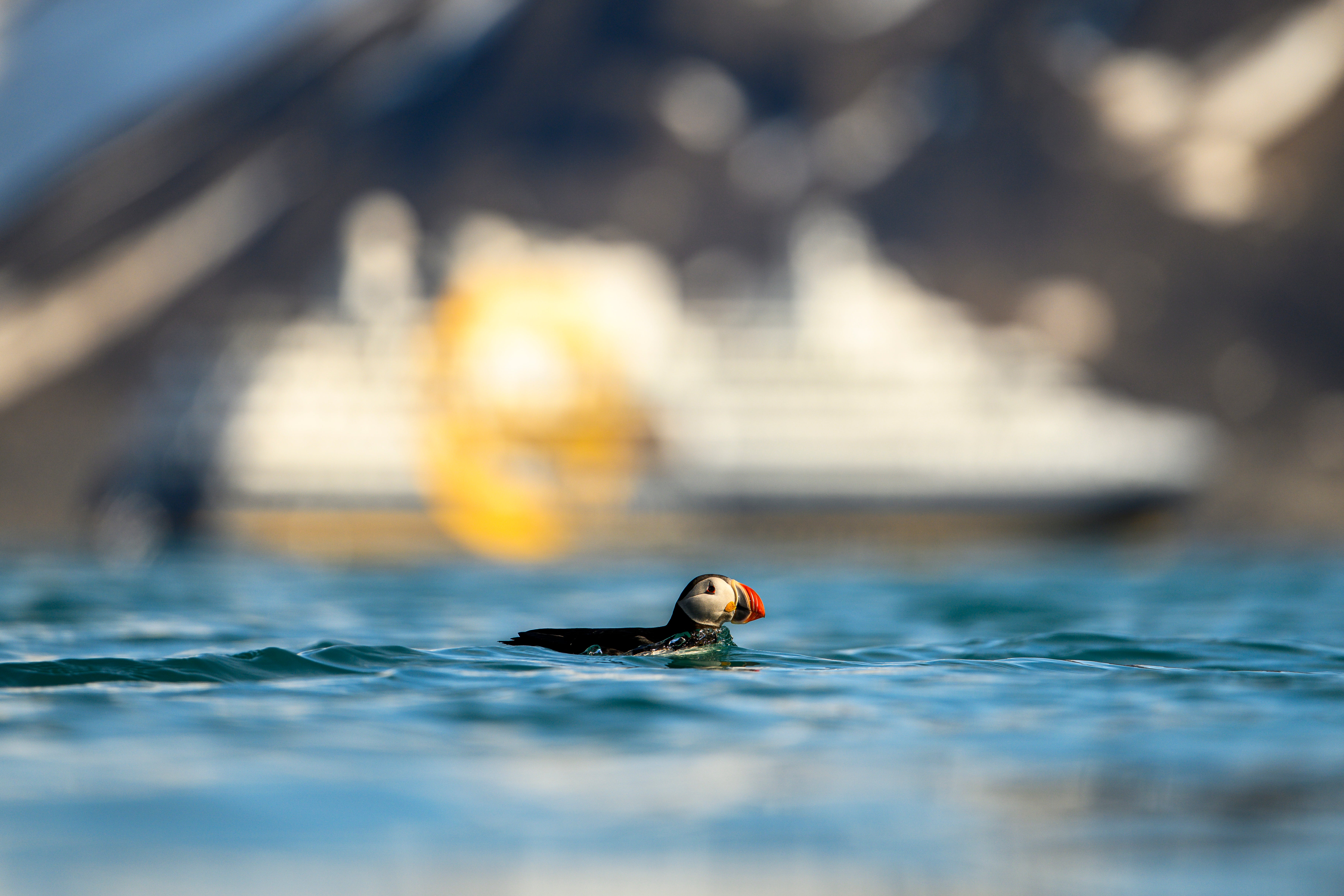A brilliant-white creature, camouflaged by snow, rests on a solitary slab of ice in the Arctic Ocean, sparkling under the polar summer sun.
This majestic bird, the ivory gull, is a poignant symbol of an environment disappearing due to uncomfortably warm temperatures in the far north.
Weighing around 500g, it is approximately 600 times smaller than Svalbard’s most famous resident, the polar bear.
Yet, contrary to widespread belief, the polar bear is not the sole monarch of the Arctic. Far fewer in number and considerably rarer, the brilliant-white ivory gull could easily claim that crown, its existence intrinsically linked to the vanishing ice.
The bird, which lives at high latitudes for its entire lifespan – even in 24 hours of darkness, is one of the species I’ve been searching for on a circumnavigation of Svalbard with leading polar expedition cruise experts Quark.

Admittedly, these angelic white birds are rarely far from the hulking fluffy white bears that have historically brought people to these regions – from hunters and trappers, through to tourists and photographers. Scavenging for scraps, they keep a close eye on the apex predators’ moves.
When I first visited Norwegian-governed Svalbard more than a decade ago, it was a very different place; there were less (and smaller) cruise ships navigating waters, and more ice.
New regulations have been introduced to cope with the growing pressures of over-tourism and climate change, taking effect from January this year. The biggest change is the introduction of minimum distances for viewing bears – 500metres (from March 1 to June 30) and 300metres (from July 1 to February 28).
Inevitably, there are grumblings and concerns about rules that reduce most bear encounters to viewings of a blob no bigger than a Rice Krispie through a supersized scope. But companies like Quark are determined to work within the new parameters and still deliver an excellent experience, proving there is so much more to Svalbard than painstakingly hunting for bears.
During mid-summer, when the sun never sinks, it’s possible to move around the entire Arctic archipelago reached by a one-hour and 40-minute flight…
Click Here to Read the Full Original Article at The Independent Travel…
